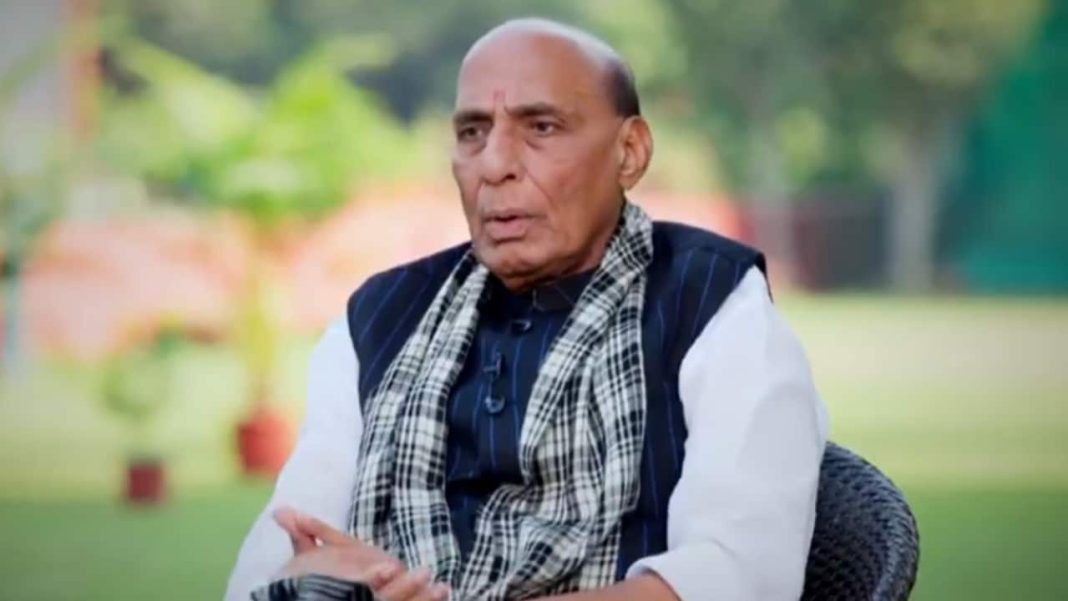India is on the cusp of a significant leap in its defense capabilities, as Union Defence Minister Rajnath Singh recently announced that the nation will begin indigenous production of fighter jet engines from next year. This landmark development underscores India’s unwavering commitment to achieving self-reliance in a sector critical for national security and strategic autonomy.
The announcement heralds a new era for India’s aerospace industry, moving beyond licensed assembly to establishing a robust domestic manufacturing ecosystem for one of the most complex and strategically vital components of modern warfare. It marks a decisive step in reducing foreign dependency and bolstering the ‘Atmanirbhar Bharat‘ (Self-Reliant India) initiative in defense manufacturing.
A Strategic Imperative: Mastering Engine Technology
Rajnath Singh’s statement, delivered during an event highlighting India’s defense sector advancements, addresses a long-standing strategic vulnerability. While India has demonstrated impressive capabilities in designing and manufacturing aircraft platforms, the technology for advanced fighter jet engines has historically remained an area of significant import reliance. Developing and producing these engines indigenously is considered the pinnacle of aerospace engineering, demanding expertise in advanced metallurgy, high-temperature resistance, intricate control systems, and precision manufacturing.
The strategic importance of mastering this technology cannot be overstated. It grants a nation unassailable strategic autonomy, shielding its defense readiness from geopolitical pressures, sanctions, and external supply chain disruptions. Furthermore, it significantly reduces the long-term costs associated with procurement, maintenance, and upgrades. India’s future fleets of indigenous aircraft, including the Light Combat Aircraft (LCA) Tejas Mk2 and the Advanced Medium Combat Aircraft (AMCA), stand to benefit immensely from this capability, ensuring sustained operational readiness and upgradeability without external constraints.
“We have made aircraft, but we haven’t been able to make fighter jet engines. From next year, India will start making fighter jet engines,” Minister Singh declared, expressing confidence in India’s growing industrial and technological prowess. This bold statement encapsulates the ambition driving India’s defense manufacturing sector.
Building on Foundations: The Journey Towards Self-Reliance
India’s journey towards indigenous engine development has been a long and arduous one, marked by commendable efforts and significant learning curves. The Kaveri engine project, initiated decades ago, serves as a poignant reminder of the technological complexities involved. While it did not fully meet its initial operational goals for fighter aircraft, the project generated invaluable expertise and a pool of skilled engineers and scientists within organizations like the Gas Turbine Research Establishment (GTRE).
This foundational knowledge, combined with renewed political will and strategic investments, is now bearing fruit. The move to produce engines locally is not merely about manufacturing; it’s about mastering the entire ecosystem – from detailed engineering and material sourcing to advanced testing and sustained maintenance capabilities. It safeguards national security interests by eliminating vulnerabilities associated with technology transfers and sanctions, ensuring a steady supply chain even during geopolitical uncertainties. This truly embodies the spirit of ‘Atmanirbhar Bharat‘ in a critical sector, fostering an environment where innovation thrives domestically.
Forging Ahead: Partnerships and Future Horizons
While the long-term vision is to design and develop entirely indigenous engines from the ground up, the immediate path to advanced engine manufacturing often involves strategic partnerships and significant technology absorption. Recent reports, notably concerning potential deals with General Electric for the F414 engines which are slated to power the LCA Tejas Mk2, offer a glimpse into this strategy. Such agreements, if structured to include substantial technology transfer and localized manufacturing components, can act as crucial catalysts. They enable India to build the necessary infrastructure, establish robust domestic supply chains, and cultivate the specialized skilled workforce required to produce sophisticated jet engines domestically.
This initiative is expected to unleash a cascade of benefits across India’s industrial landscape. It will foster unparalleled skill development, create high-tech job opportunities, and stimulate intensive research and development in allied fields such as material science, advanced manufacturing techniques, aerodynamics, and propulsion systems. Ultimately, mastering fighter jet engine technology positions India not just as a consumer, but as a formidable player in the global defense aerospace market, potentially enabling future exports of both engines and complete aircraft systems, thereby contributing significantly to the nation’s economic growth and global standing.
Conclusion
Rajnath Singh’s announcement marks a pivotal moment in India’s quest for strategic independence and technological prowess. Moving beyond assembly and licensed production to full-fledged indigenous manufacturing of fighter jet engines is a leap that will profoundly reshape India’s defense capabilities and its standing on the global stage. It’s a testament to the nation’s unwavering commitment to ‘Atmanirbhar Bharat‘, promising a future where India’s skies are guarded by aircraft powered by truly Indian hearts and minds. The journey ahead will undoubtedly present challenges, but the commitment to self-reliance in this critical domain reflects a resolute vision for a stronger, more independent India.




